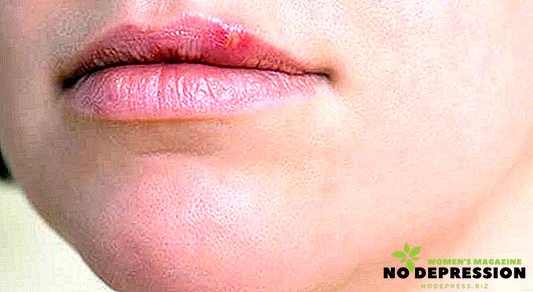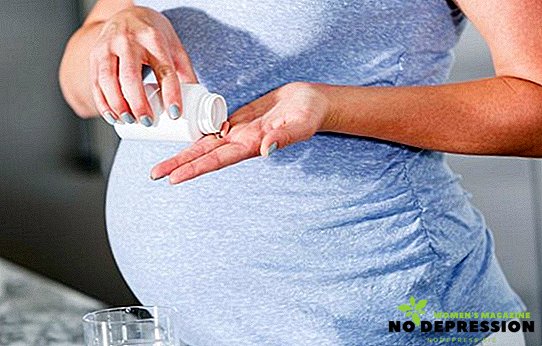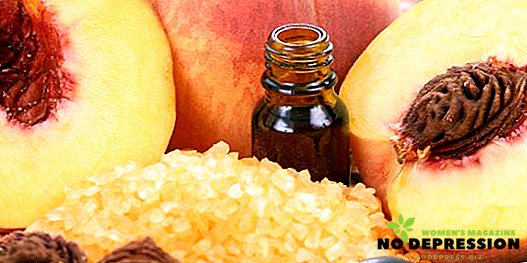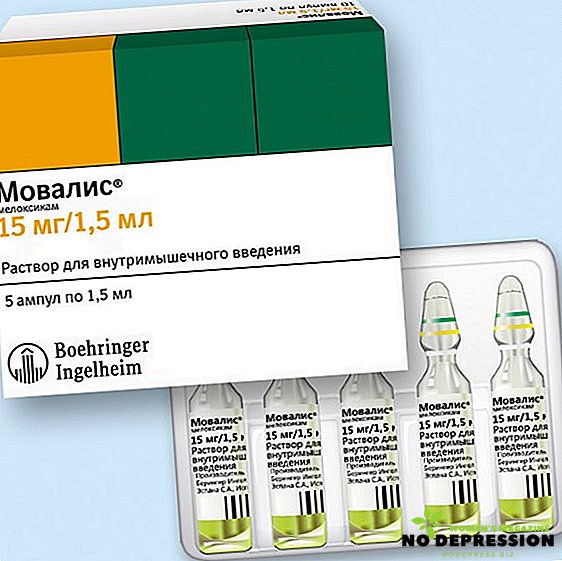Various pathological conditions of the body are accompanied by a marked increase in the number of leukocytes in the urine. Conducting appropriate analyzes allows you to identify these changes and draw certain conclusions about the processes occurring in the body.

Leukocyte functions
Leukocytes are called motile white blood cells. In children, bone marrow is responsible for their production. There are many varieties of white blood cells, but the following functions are common to them:
- protection of the body against infections of bacterial and viral origin;
- opposition to parasitic invasions;
- participation in homeostasis and tissue regeneration.
Leukocytes penetrate into tissues and organs, concentrating next to the inflamed areas and areas where immune reactions are actively manifested. They provide a reaction to allergens, cooling and exercise.
How to prepare a child for a urine test
For a general analysis, it is preferable to take the "morning" urine. It accumulates throughout the night, which allows smoothing the effect of natural diurnal fluctuations on the results obtained. Thus, the characteristic of the studied parameters will be more objective.
To conduct a full study it will be necessary to provide at least 70 ml of urine. A thorough flush of the external genital organs is required before urine collection.
Attempting to ignore this rule leads to noticeable changes in the number of red blood cells and white blood cells, which creates difficulties for the correct diagnosis.
The main recommendations for collecting urine are as follows.
For boys:
- how to wash the head of the penis;
- take in hand a container for liquid (it is not recommended to touch its edges);
- to release a small amount of urine into the toilet, then to collect urine into the prepared container;

- close the tank.
For girls:
- performing movements from front to back, wash the external genitals;
- without touching the neck, take the container in your hand;
- labia keep slightly divorced, give a small amount of urine;
- bring the tank under the stream, collect the required amount of liquid;
- close the tank.
When collecting urine from infants, hygienic processing should be carried out, and then use a disposable sterile urinal, which is glued on top of the genitals. Then it remains only to wear a diaper.
In boys, the urinal should cover the penis with the scrotum. In girls, the sticky edge should frame the labia majora and fit snugly to the skin. You need to make sure that the adhesive surface does not fall into the anus area.
If everything is done correctly, it remains only to regularly check the fullness of the urinal.
The rate of leukocytes in the urine in children under one year: table
Normal levels of leukocyte count in children's urine should be insignificant. Ideal - if they are absent at all, but the presence of some of their number is also permissible.
 An excessive amount of white blood cells in the urine indicates the presence of inflammatory processes affecting the urinary system. The more leukocytes were recorded, the more acute the disease. The scientific term used to refer to this phenomenon is “pyuria” (“leukocyturia”).
An excessive amount of white blood cells in the urine indicates the presence of inflammatory processes affecting the urinary system. The more leukocytes were recorded, the more acute the disease. The scientific term used to refer to this phenomenon is “pyuria” (“leukocyturia”).
Urinalysis is carried out using different methods, each of which has its own "standards".
In any case, for children under one year old, the insignificant level of white blood cells in the urine is normal.
| The name of the study | Norm for boys | Norm for girls |
|---|---|---|
| General analysis | 0 - 5 (7) in sight | 0 - 8 (10) in sight |
| According to Nechyporenko | up to 2 thousand per 1 ml of the studied material | |
| According to Kakovsky Addis | up to 2 million in daily volume | |
| Across amburge | up to 2 thousand per minute | |
The number of leukocytes in the urine in children in 1 year: normal
Normal levels of white blood cells in one-year-old children correspond to the interval from 6 to 17.5. Exceeding the upper limit indicates the presence of pathology. Another reason for these indicators - an insufficient amount of the studied biomaterial. For general analysis you need 20-30 ml, and for more complex studies - 150 ml.
What is the rate of leukocytes in the urine of a child of 2 years
A two-year-old child is rarely required to perform a urine test, usually this need arises only after specific complaints appear.
In this case, you need to focus on the rate within 6 - 17 units of leukocytes within sight.
How many leukocytes in the urine: the norm in children 3 years
At the age of 3 years, the limit of the permissible level of white blood cell content shifts noticeably and can correspond to values from 5.5 to 15. In the presence of deviations from the norm, it is recommended to conduct a detailed medical examination.

It is necessary to take into account that, in addition to inflammatory processes, the amount of white blood cells excreted in the urine is affected by increased physical exertion (for example, sports). In this case, it is desirable to moderate the activity of the child.
The rate of leukocytes in the urine of a child 4 years and older
The standard level at 4 years differs little from that established for three-year-olds and corresponds to 5–14.5 units.
At the age of five, exceeding the threshold of 14 units can already be considered a cause for concern.
For patients aged 6, the total interval for girls and boys is between 4.5 and 13.5. When fixing abnormalities, it is imperative that you re-analyze and begin treatment only after confirming the initial results.
Causes of deviations in girls and boys
The increase in the number of blood cells in the urine is associated with increased permeability of the walls of blood vessels in the kidneys. This is usually triggered by:
- infectious diseases of the urinary tract (the most common cause);
- reflux (reverse flow of fluid) in the ureters;
- congenital diseases of the organs and the system of excretion (usually it is connected with the expansion or narrowing of certain sections of the ureters);
- injuries of kidneys and urinary ducts;

- amyloidosis (tuberculosis) of the kidneys;
- pathologies of the vascular system responsible for the nutrition of the kidneys and other components of the excreta system;
- infectious diseases of the external genital organs, if the urethra is involved in the pathological process (in girls it is called "vulvovaginitis", in boys - infection of the foreskin);
- urolithiasis;
- the appearance of diaper rash (due to diapers, due to allergies);
- nephritis and glomerulonephritis, which appeared due to toxic poisoning;
- cystitis (inflammation of the bladder).
However, a significant number of leukocytes is not always associated with serious diseases. It is likely that they appear in the urine due to general malaise or at the time of teething.
What to do in case of deviations from the norm: treatment and advice from doctors
If it was revealed that an excess of leukocytes is associated with infectious diseases of the urinary system, then the child will need to undergo a therapeutic course, which consists in taking a broad-spectrum antibiotic.
Prescribe the drug can only be a specialist. Independent use of such funds is strictly prohibited.
If you have to give the child antibiotics for a long time, then in addition he will be prescribed medications to help maintain the normal state of the intestinal microflora.
Taking into account the specific clinical picture, the use of antiseptics, antispasmodics, antipyretic drugs, herbal remedies may be required.
Preventive measures
To prevent the development of infectious diseases of the children's urinary system:
- provide the child with the necessary hygiene of the genitals and regular change of underwear;
- include in the menu products that help strengthen the body's defenses;
- provide the kid with enough clean water to drink;
- try to prevent constipation, or eliminate them as soon as possible;
- when washing the child to make movements towards the buttocks, and not from them.
These measures are usually sufficient to maintain the health of the child.
Additional information about the indicators of urine analysis in children is in the next video.














